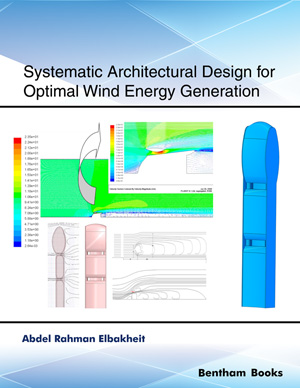Abstract
In this chapter, the environmental impact of waste and the constructed area are analysed. The waste is defined as those residues most relevant to the present model: urban waste and construction and demolition waste. For the urban waste, the generation estimates per person per year from statistical data are employed. In the case of the CDW, generation estimates come from a software tool, developed, among others, by the present authors and, which gives, according to the residential typology considered, the CDW volume expected.
Once the expected waste volumes are determined, the waste analysis is based on the methodology found in Wackernagel´s studies into the determination of its footprint. His work establishes that the footprint associated with waste disposal, emissions, and/or discharges is calculated in the same way as for the materials: the same energy intensity (embodied energy) is applied but the percentage of energy that can be recovered for recycling is deducted.
In the constructed land EF calculation, only the land used for urbanization and buildings is considered. In this case, a conversion factor is unnecessary because the units are already in terms of surface area, and the area passes from m2 to ha. The equivalence factor is that of agricultural land, since most of the infrastructure and built land are located in areas of agricultural quality.
Keywords: Absorption factor, Construction and demolition waste, Conversion factors, Dwelling construction, Ecological footprint, Embodied energy, Emission factor, Natural productivity, Productive land, Urban solid waste.












